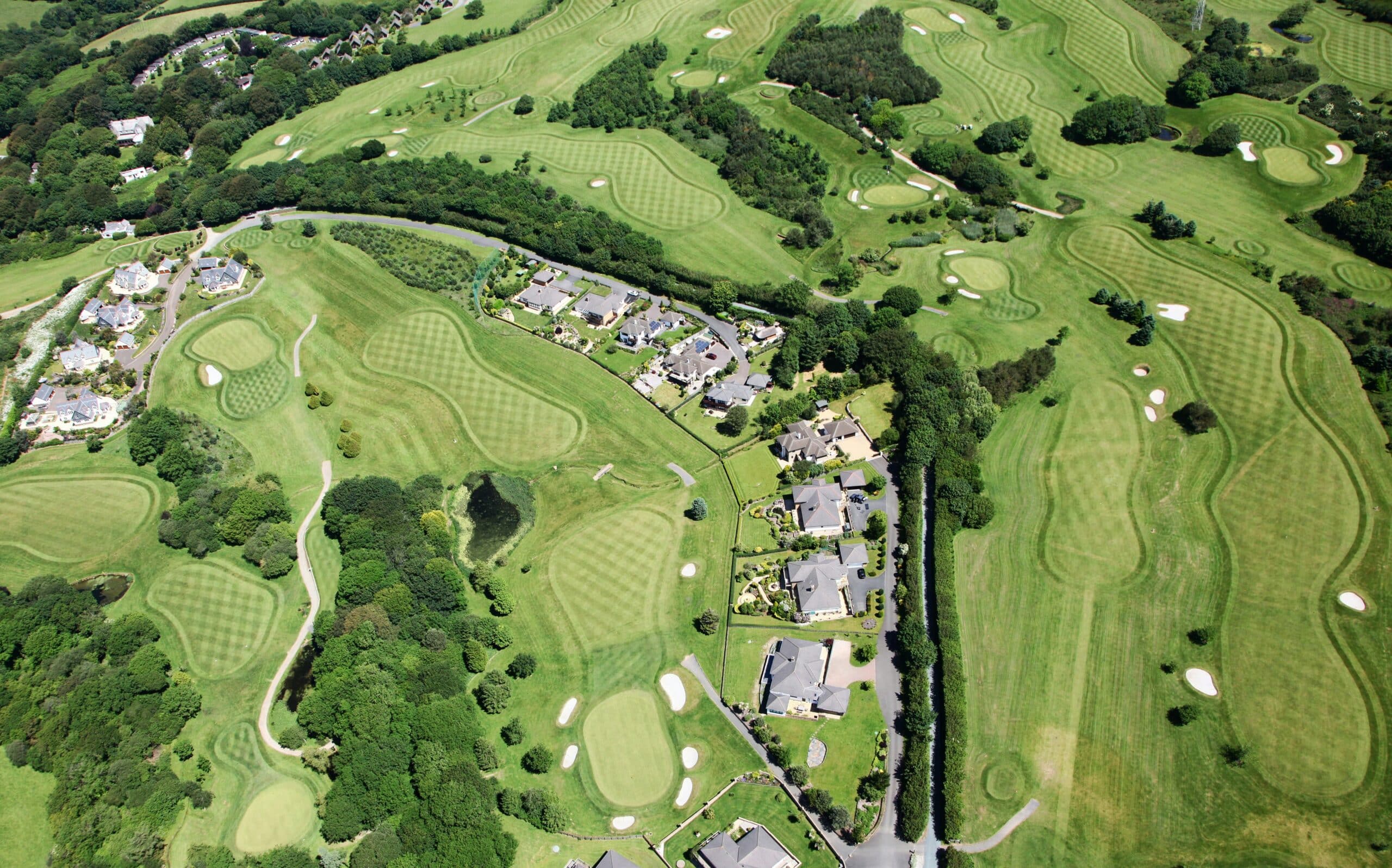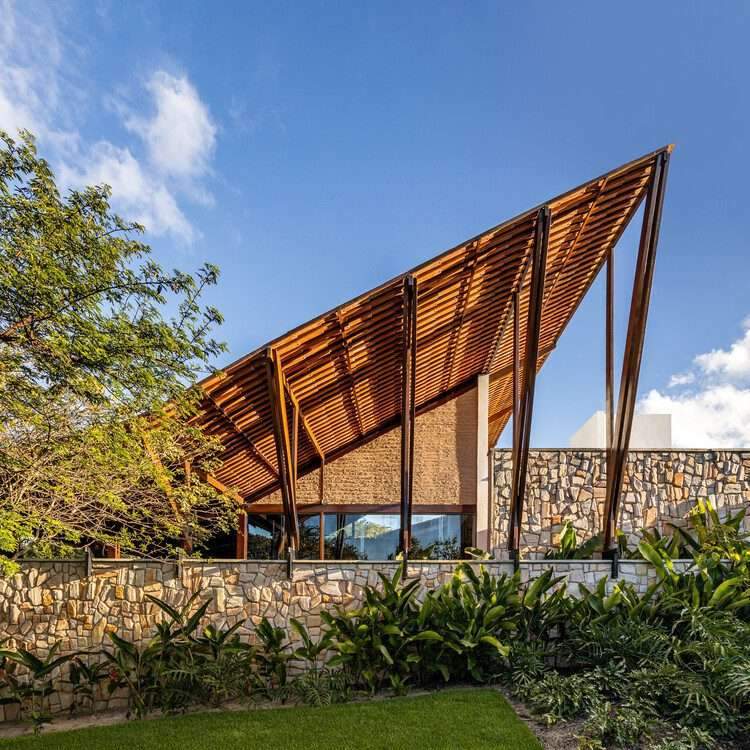Zero-Maintenance Landscapes in Urban Environments
Introduction
As urbanization continues to expand, the demand for green spaces within cities has grown exponentially. However, maintaining these landscapes can be a challenge due to limited resources and time. This article explores the concept of zero-maintenance landscapes, which utilize specific vegetation and design techniques to create sustainable green spaces that require minimal upkeep.
The Importance of Green Spaces
Green spaces are essential for improving air quality, providing recreational areas, and enhancing the aesthetic appeal of urban environments. However, traditional landscaping often involves regular maintenance, including watering, mowing, and weeding, which can be resource-intensive.
Principles of Zero-Maintenance Landscaping
Zero-maintenance landscapes are designed with the following principles in mind:
- Drought-Tolerant Plants: Utilizing native and drought-resistant plants reduces the need for irrigation and ensures that landscapes thrive in varying weather conditions.
- Perennial Plantings: Choosing perennial plants that come back year after year minimizes replanting efforts and maintenance.
- Mulching and Ground Cover: Using mulch and ground cover plants helps suppress weeds, retain moisture, and improve soil health without constant intervention.
Case Studies
Examples of successful zero-maintenance landscapes can be found in urban parks and community gardens that have adopted these principles, showcasing vibrant green spaces that flourish with minimal care.
Conclusion
Zero-maintenance landscapes offer a sustainable solution for urban environments, allowing cities to embrace greenery without the burden of ongoing upkeep. By designing spaces that thrive naturally, we can create healthier, more enjoyable urban areas for everyone.
Finally, find out more on ArchUp:







